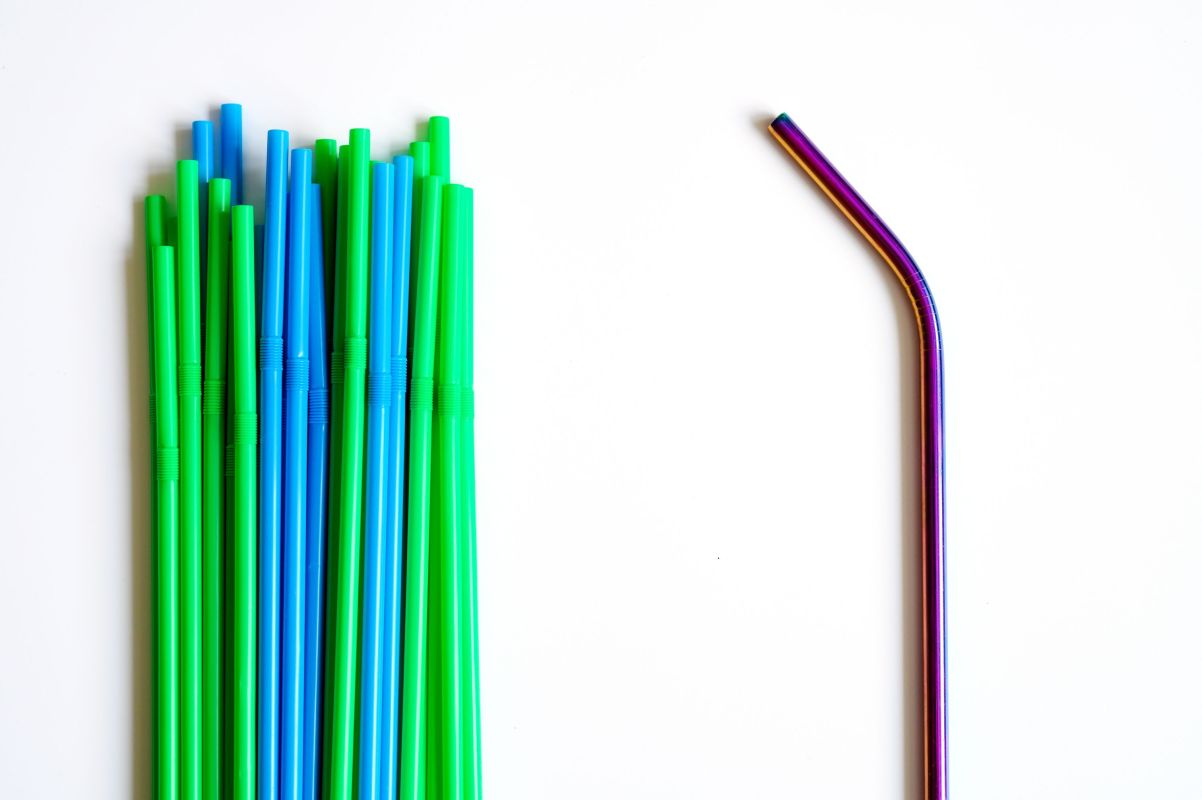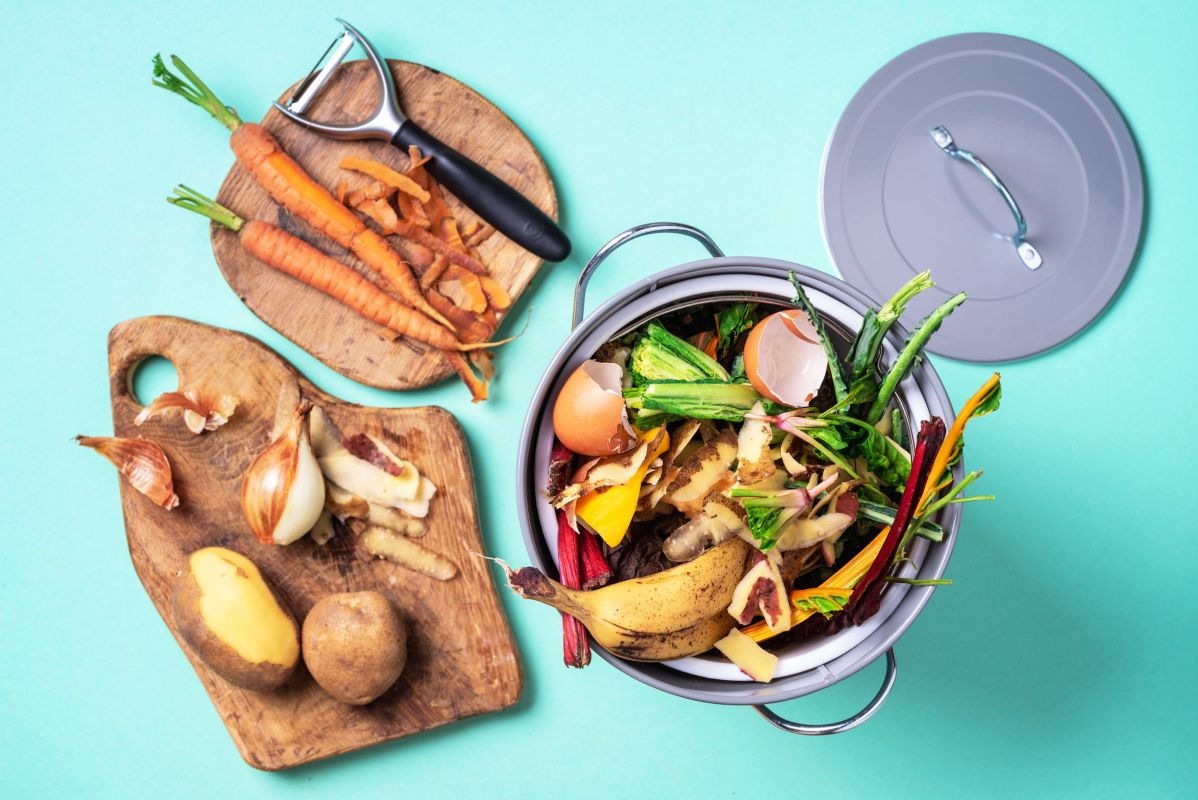1. Refuse
Refusing, comes down from understanding what you truly need and not need in your life. How much value can a product give you even if it’s FREE? Don’t bite the ‘FREE’ tag. It is a challenge refusing to accept what isn’t needed. And it’s possibly the smartest purchase decision anyone can make.
Do you really need that mug that comes together with your favorite coffee brand? Will you be able to reuse that shopping bag if you avail it? Will you really be keeping that flyer after you’ve read what’s in it, or perhaps you can take a photo to review later?
A few examples could include carrying a reusable bag in your car or purse while shopping or carrying a collapsible water bottle for water and coffee.


Refusing doesn’t mean having to go without. Go smart about it. Accept what you need and refuse what you don’t.
2. Reduce
Be mindful with what you purchase and consume. Reducing also comes together with refusing and knowing what you truly need. It can be done in simple ways:
- Save your time and energy. Reducing the number of times you have to buy your favorite products by buying in bulk not only saves you money (reduced packaging, therefore buying more of the product and not the packaging and lesser trips to the supermarket) but also your precious time and energy.
- Believe in forever. Reduce the times you have to buy the same product over again. Opt for long-lasting products.
- Reduce buying by giving some tender loving care to your items.
- Declutter your home, and donate to your local thrift shop. You’ll lighten your load and make precious resources available to those looking to buy second hand.
- Keep your shopping list simple & minimal. Buy what you need and stick to your list rather than getting swayed by the numerous products available at the supermarket.

3. Reuse
Give life and purpose to the things you already have. This can perhaps be the stage where you use those free items that you were not able to refuse at the start. They can also be shared with others.
- Maximize the value of your own purchase by using them until they last. Repairing if needed.
- Give it a second home through donations or selling it for thrift.
- Buy second hand. Reuse what other’s might not need anymore.
- Swap disposables for re-usables (start using handkerchiefs, refillable bottles, shopping totes, cloth napkins, etc.)

4. Repurpose
Repurposing is the use of something for a purpose other than its original intended use. Repurposing an item can be done by modifying it to fit a new use, or by using the item as is in a new way.
This is where you can get really creative! Make it a fun activity with your family and kids. You can even create a reward system for the person who can come up with the most creative uses for unwanted objects lying around home.

5. Recycle
Know your city’s recycling policies and locations—but think of recycling as a last resort. Have you refused, reduced, or reused first? Question the need and life-cycle of your purchases.
Buy primarily in bulk or secondhand, but if you must buy new, choose glass, metal, or cardboard. Avoid plastic: Much of it gets shipped across the world for recycling and often ends up in the landfill (or worse yet, the ocean).
Electronic waste – Dispose this rightly. There are many companies who take back old products, and if not, find out about your local electronic recyclers.

6. Rot
Find a compost system that works for your home and get to know what it will digest (dryer lint, hair, and nails are all compostable apart from kitchen waste!).

Turn your home kitchen trash can into one large compost receptacle. The bigger the compost receptacle, the more likely you’ll be to use it freely. (Look out for our detailed post on composting)
The 6 R’s are all linked together. You are able to reduce the waste you bring into your life by learning how to refuse it at the very start. You will be able to refuse if you are mindful about reducing unnecessary spending & waste by knowing how to take care of your items and by reusing them or letting others benefit from it as well. Well, don’t get confused. Simply ask yourself before purchasing – DO I really need this? And before discarding – Can I use it in any other way? And while discarding – What’s the best way to dispose this? The idea is to be more mindful. And the SHIFT then comes easy!
You’re not alone. Share your experiences, tips, tricks; post your questions or even challenge what we’ve written! Let’s build an eco-conscious community together!
Happy SHIFTING!
